 Abraham Lincoln
If given the truth, the people can be depended upon to meet any national crisis...
Abraham Lincoln
If given the truth, the people can be depended upon to meet any national crisis...
 Guildford news...
for Guildford people, brought to you by Guildford reporters - Guildford's own news service
Guildford news...
for Guildford people, brought to you by Guildford reporters - Guildford's own news service
Birdwatcher’s Diary No.265
Published on: 22 Oct, 2022
Updated on: 22 Oct, 2022
By Malcolm Fincham
Although a little drier than the norm, October began on its usual autumnal theme as daylight hours rapidly began to close in.
Surprisingly, however, since the first rains of what had been a long dry summer, much of the vegetation locally had made a last gasp attempt of rejuvenating itself. Some plants, such as buddleia, were even showing new clusters of flowers.
Most intriguing to me, having only vaguely recalled witnessing it after the hot, dry summer back in 1976 (yes I’m that old), was to see that a few species of trees, (although only on a few within such species), were showing signs of spring growth.
On Whitmoor Common, Worplesdon, as I admired a rowan tree, now full of ripe red berries ready for reaping soon by winter visiting thrushes, I was amazed to notice several small sprigs of spring blossom showing. “How wonderfully adaptable nature is?” I mumbled to myself. As the tree and I stood side by side, both confused in our own independent ways.
Of less concern, and with little apparent empathy for the tree, a blue tit plucked off one of its berries, taking it to a small branch for its consumption.
Elsewhere on the heathland during the last hour of light, mixed flocks of birds assembled on the utility wires that run across the heathland. Among them numerous meadow pipits could be viewed.
As in previous years they had begun to arrive back to winter there, and could be best counted among the mixed congregation of goldfinches and linnets that lined up side by side along the wires.
A rough count, in excess of 30 pipits could be seen, these including several groups still feeding on the surrounding heath, out of sight for the most part.
By the last hours of daylight a kestrel would often make a visit, regularly perching up on the utility pylons that stretched across the common.
Also making an appearance, although well camouflaged by its stillness as it blended in with the surrounding foliage, was a roe deer.
At least two common buzzards could be viewed, one of which appearing to be a juvenile, mewing harshly while in flight, still adapting to its independence and often challenged by passing crows. While a second could be viewed gliding low along the treeline on the far side of the heathland.
A group of long-tailed tits allowed me plenty of prior warning of their approach with their constant contact calls as they skipped through the fine branches of a line of silver birch saplings. Occasionally one would hesitate just long enough for a photograph.
Other species of tits would often follow within the groups, and even a few chiffchaffs, as on this occasion.
On October 6 I visited the Riverside Nature Reserve, near Burpham. Parking up at Bower’s Lane, I chose the towpath walk along the River Wey in the direction of what was once known as Stoke Meadows.
I was immediately enlightened by the sight of two red kites commanding the sky, close to view and just above the treeline. Although having encroached into the heart of Surrey over the last decade they continue to remain a sight I hold dear.
The towpath was now heavily carpeted by acorns, while continued light showers of them were still falling in the breeze. “Where have all the jays been been hiding these past few weeks?!” I questioned myself, as I trod a few more hard shells into the soil beneath my feet.
Knowing their love for acorns, and having heard their calls at several locations I had recently visited, I still hadn’t managed to photograph one?
With their known love for such nuts, maybe there were just too many acorns for them to be bothered to collect and hide this year?
This I pictured in my thoughts, eventually finding one jay sitting within a pile of acorns, twice its normal size, and just too ‘stuffed’ to fly.
Although encountering little on my walk along the towpath, apart from a grey wagtail by the weir, the dry mild weather with sunny intervals was indeed refreshing.
A few ivy bees could still be viewed attempting to find any remaining nectar on the ivy bushes along the way.
A lone hornet could also be seen with the same intent of gathering as much available pollen as possible before hibernation.
Common buzzards continued to be a regular sighting there.
While a sparrowhawk showed well overhead.
Just off the boardwalk leading to the lake a Cetti’s warbler could briefly be heard singing out its loud and harsh call. As on most occasions remaining too elusive to view.
The family of great crested grebes could be viewed on the lake, with the three young, although still in their immature colours, now looking the same size as their parents.
As often on my visits there, a kingfisher made an appearance, as always totally ignoring the ‘No Fishing’ signs on display.
On the lake tufted ducks continued to grow in number, now counting a raft of 25, mostly drakes that had returned to winter there.
Continued mild weather allowed regular sightings of late breeding dragonfly species.
Returning to Whitmoor on October 9, blackbirds could now be seen feeding on rowan berries
In a few of the small pines that are allowed to grow there, coal tits could be seen feeding on the seeds of the pine cones.
Among the once burnt scrub, partially revitalised with new growth of vibrant green gorse, a couple of Dartford warblers made a brief appearance. Perched up and singing in the warmth of the afternoon sun, allowing just a few seconds of opportunity to snatch a photo.
Stonechats, on the other hand, although quite timid, could be more regularly seen perched more prominently from surrounding taller gorse bushes.
A healthy pair of jays also made an appearance, dispelling my earlier theory that I would eventually find some too indulged with acorns, and unable to fly.
On October 10, partly with hope in mind of seeing my first redwings of autumn, I also found time to visit Worplesdon churchyard at Perry Hill.
The yew trees were full of berries and looking very inviting for such winter visiting thrushes (redwings and fieldfares). A few sightings had already been reported in the Surrey.
However, this proved a little optimistic and certainly too early for me compared to previous years. Despite not yet getting any photos, I was at least able to witness 10 fly over the church and both hear and glimpse one as it flew low over the churchyard.
The warm autumn sunlight was reflecting off the changing pigments of the leaves revealing a symphony of texture in their patterns around the graveyard. While the yew berries in the trees that surrounded the church had now ripened enough already for a variety of birds to start feeding on them.
These included several song thrushes.
And two mistle thrushes who also arrived on the scene for a short feast.
While blackbirds made regular visits to add to their varied diet.
Even a greenfinch made a brief appearance.
Several smaller birds made an appearance too.
Blue tits could be seen plucking individual berries.
While both great tits and coal tits joined the feast.
At the entrance to the churchyard I was able to pick out a goldcrest, flitting about among the various tits there.
Even later, adding a firecrest to the day’s sightings.
Recent Articles
- Guildford Institute’s Crowdfunding Project for Accessible Toilet in its New Community and Wellbeing Centre
- Letter: Guildford – Another Opportunity Missed?
- Letter: GBC’s Corporate Strategy – Where Is the Ambition?
- My Memories of John Mayall at a Ground-breaking Gig in Guildford Nearly Six Decades Ago
- Westborough HMO Plans ‘Losing the Heart of the Street’ Says Resident
- College Invests to Boost Surrey’s Economy and Close Digital Skills Gap
- Community Lottery Brings Big Wins for Local Charities
- GBC Housing Plan Promises ‘A Vibrant Urban Neighbourhood’ Near Town Centre
- Hospital Pillows ‘Shortage’ at the Royal Surrey
- Updated: Caravans Set Up Camp at Ash Manor School


Search in Site
Media Gallery
Dragon Interview: Local Artist Leaves Her Mark At One of England’s Most Historic Buildings
January 21, 2023 / No Comment / Read MoreDragon Interview: Lib Dem Planning Chair: ‘Current Policy Doesn’t Work for Local People’
January 19, 2023 / No Comment / Read MoreA3 Tunnel in Guildford ‘Necessary’ for New Homes, Says Guildford’s MP
January 10, 2023 / No Comment / Read More‘Madness’ for London Road Scheme to Go Ahead Against ‘Huge Opposition’, Says SCC Leader
January 6, 2023 / No Comment / Read MoreCouncillor’s Son Starts Campaign for More Consultation on North Street Plan
December 30, 2022 / No Comment / Read MoreCounty Council Climbs Down Over London Road Works – Further ‘Engagement’ Period Announced
December 14, 2022 / No Comment / Read MoreDragon Interview: GBC Reaction to the Government’s Expected Decision to Relax Housing Targets
December 7, 2022 / No Comment / Read MoreHow Can Our Town Centre Businesses Recover? Watch the Shop Front Debate
May 18, 2020 / No Comment / Read More







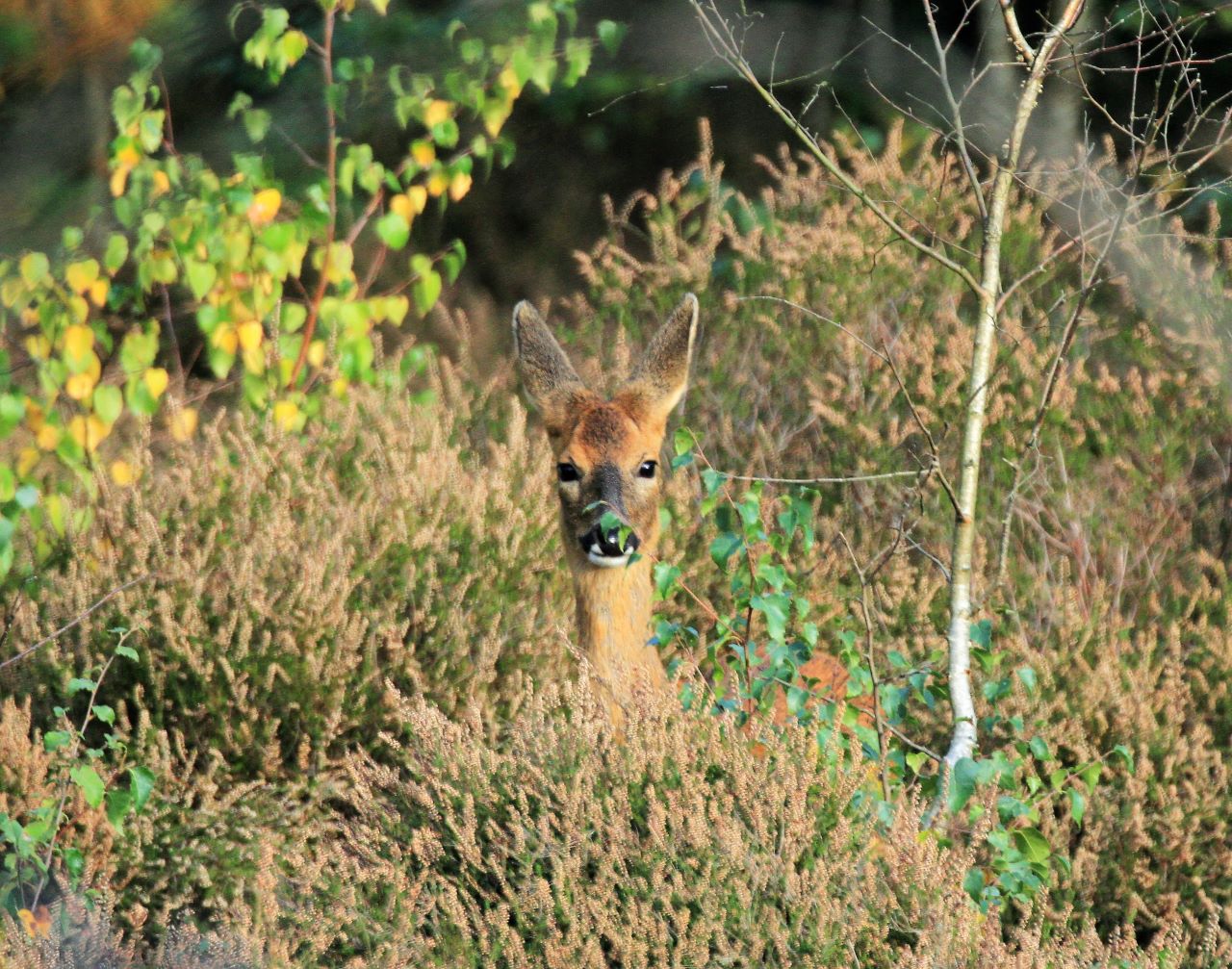
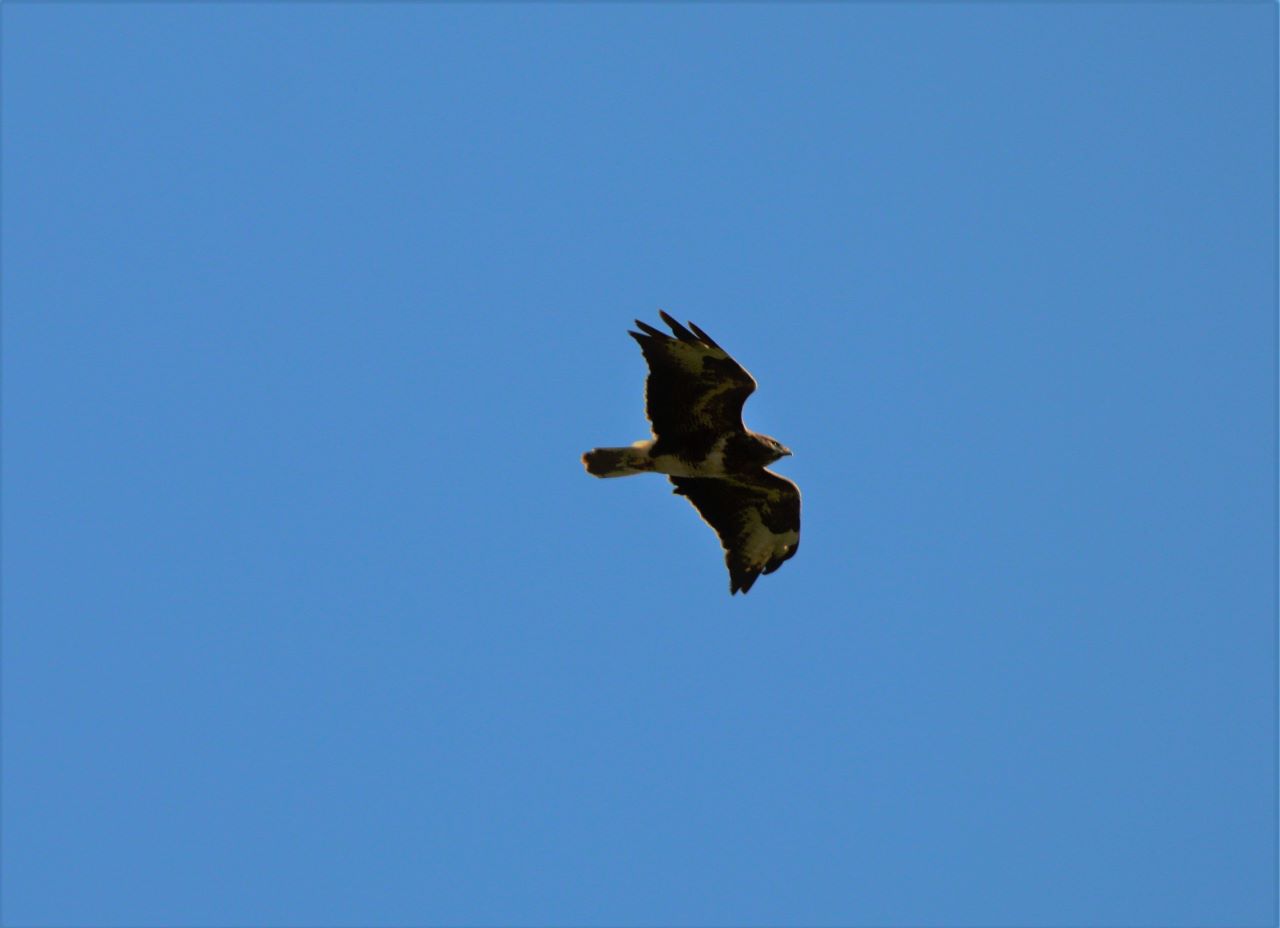
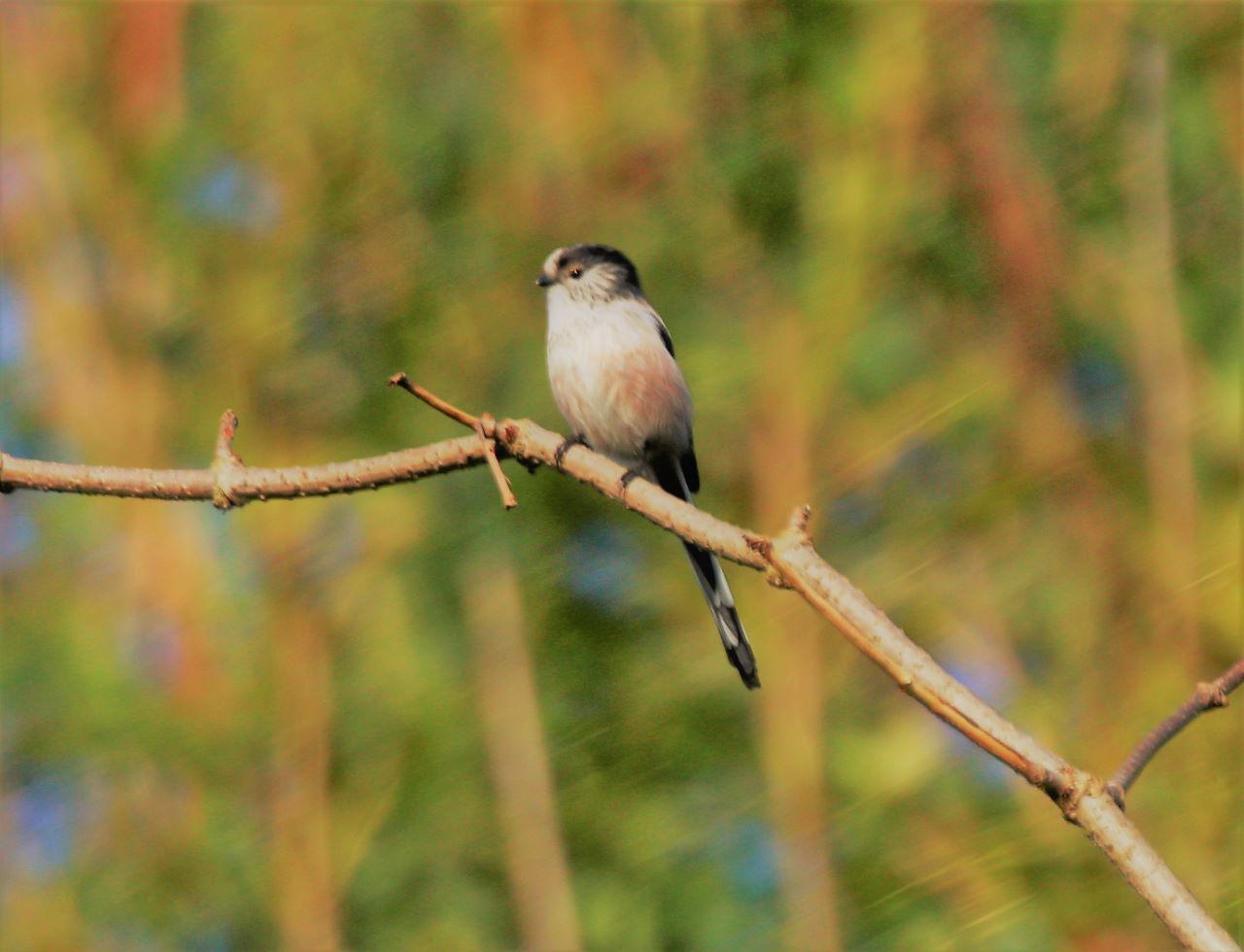
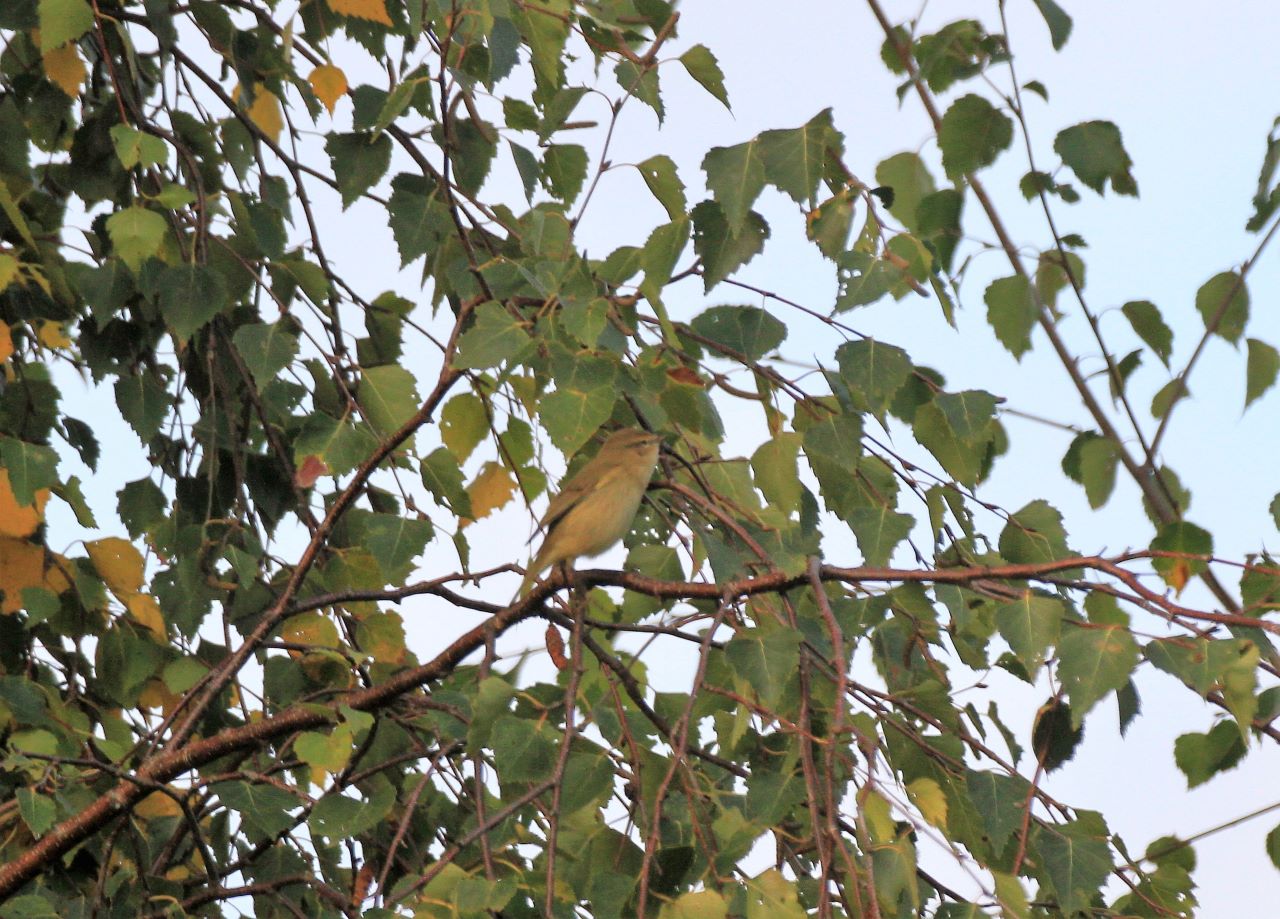
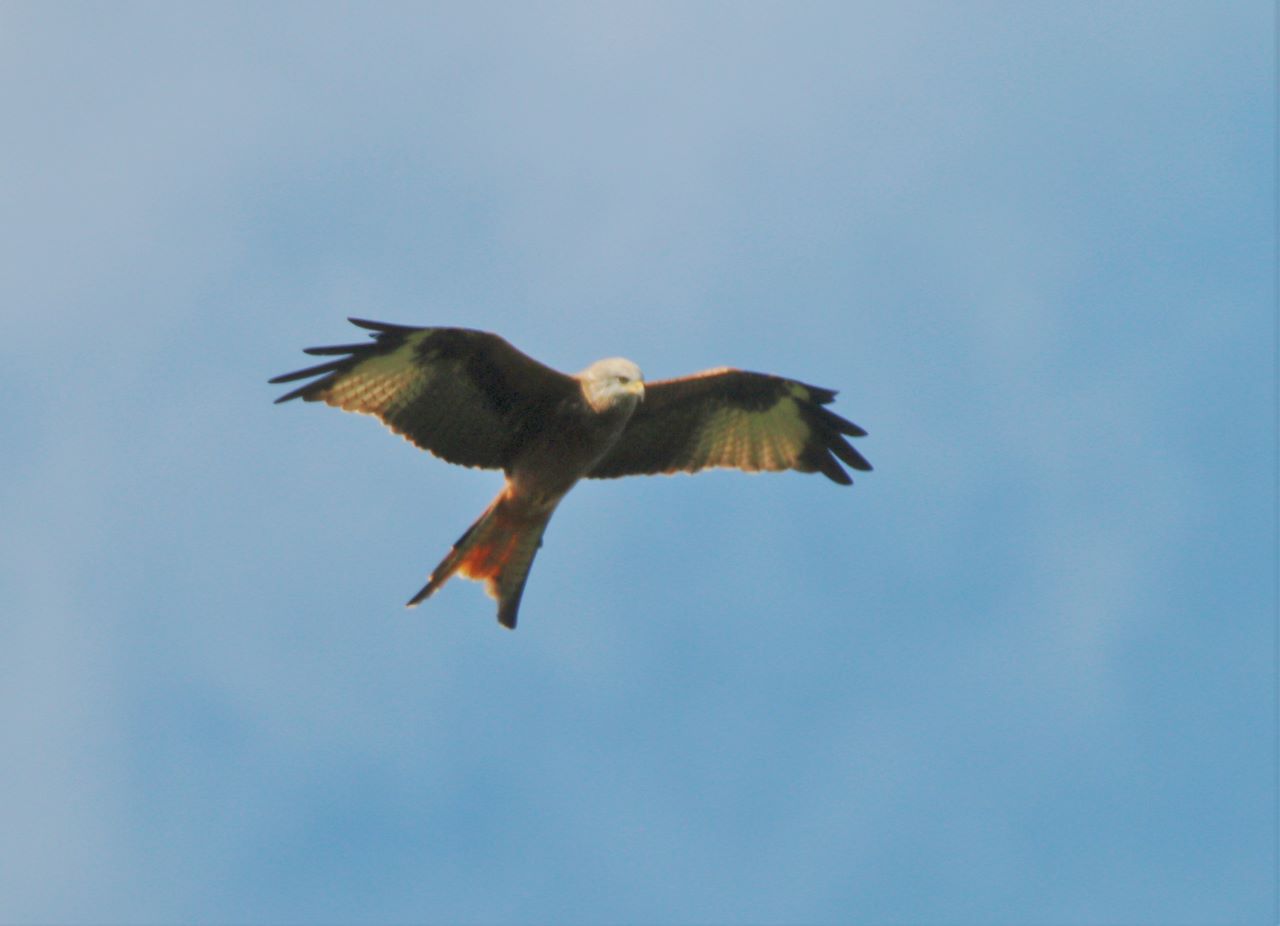

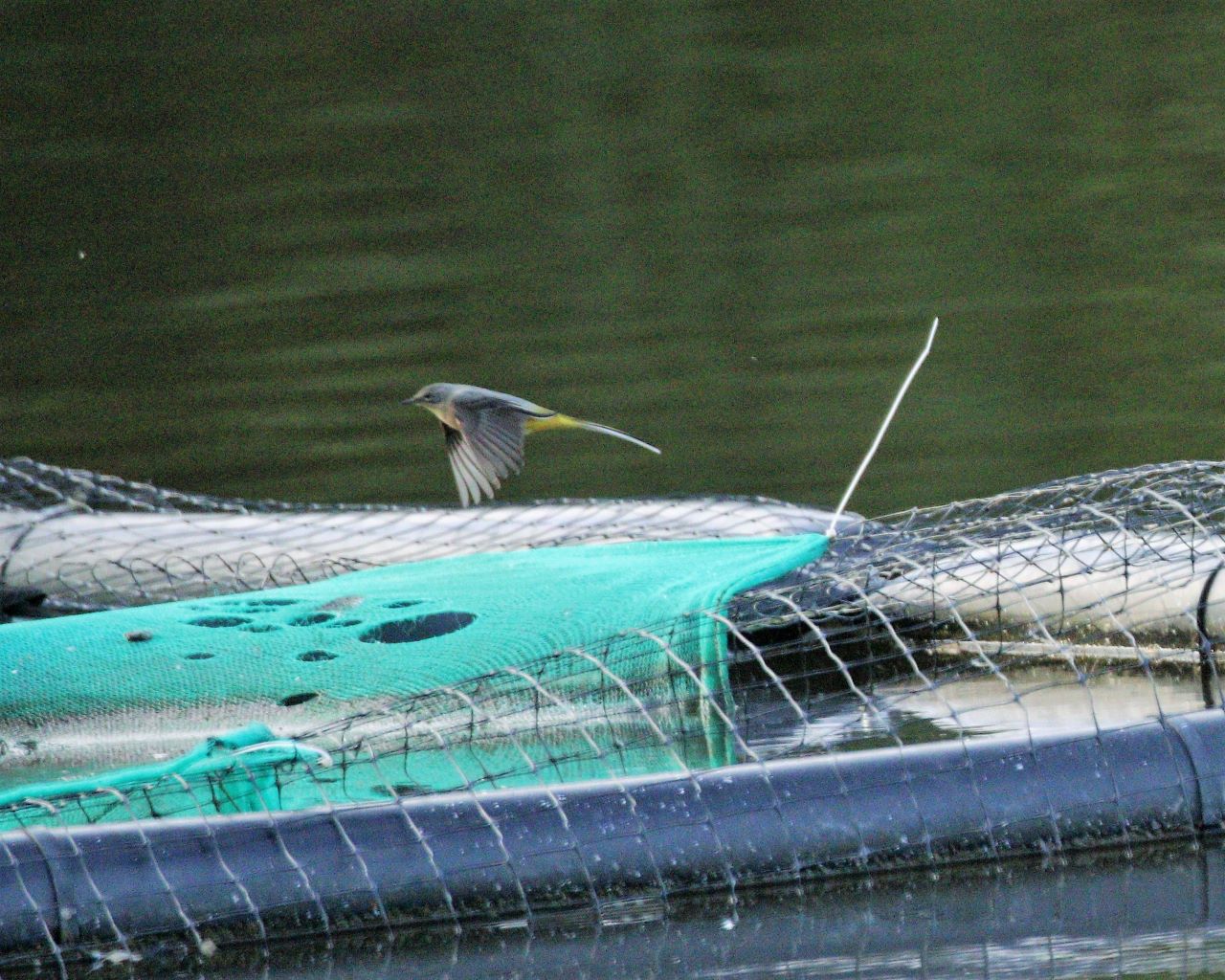
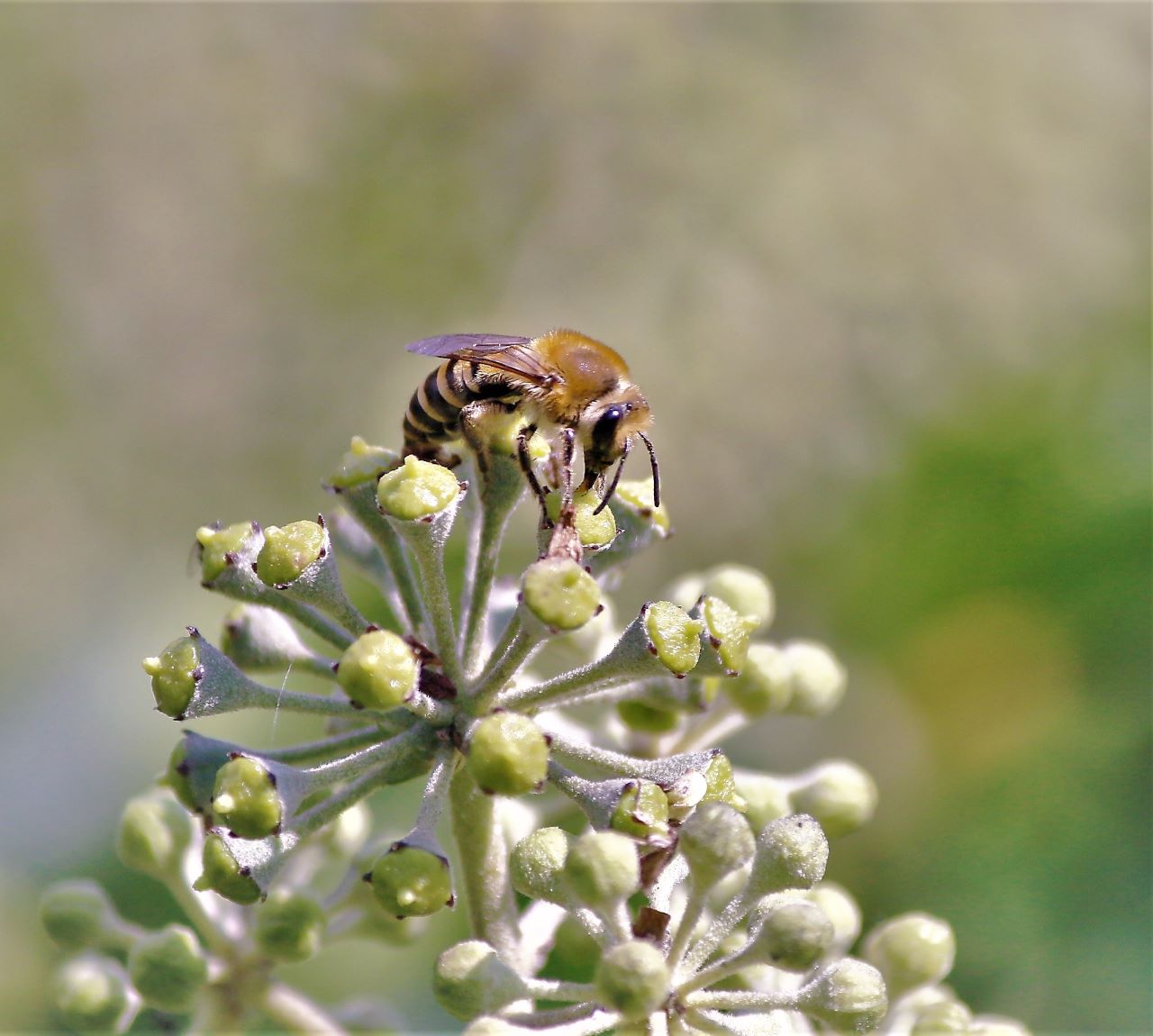
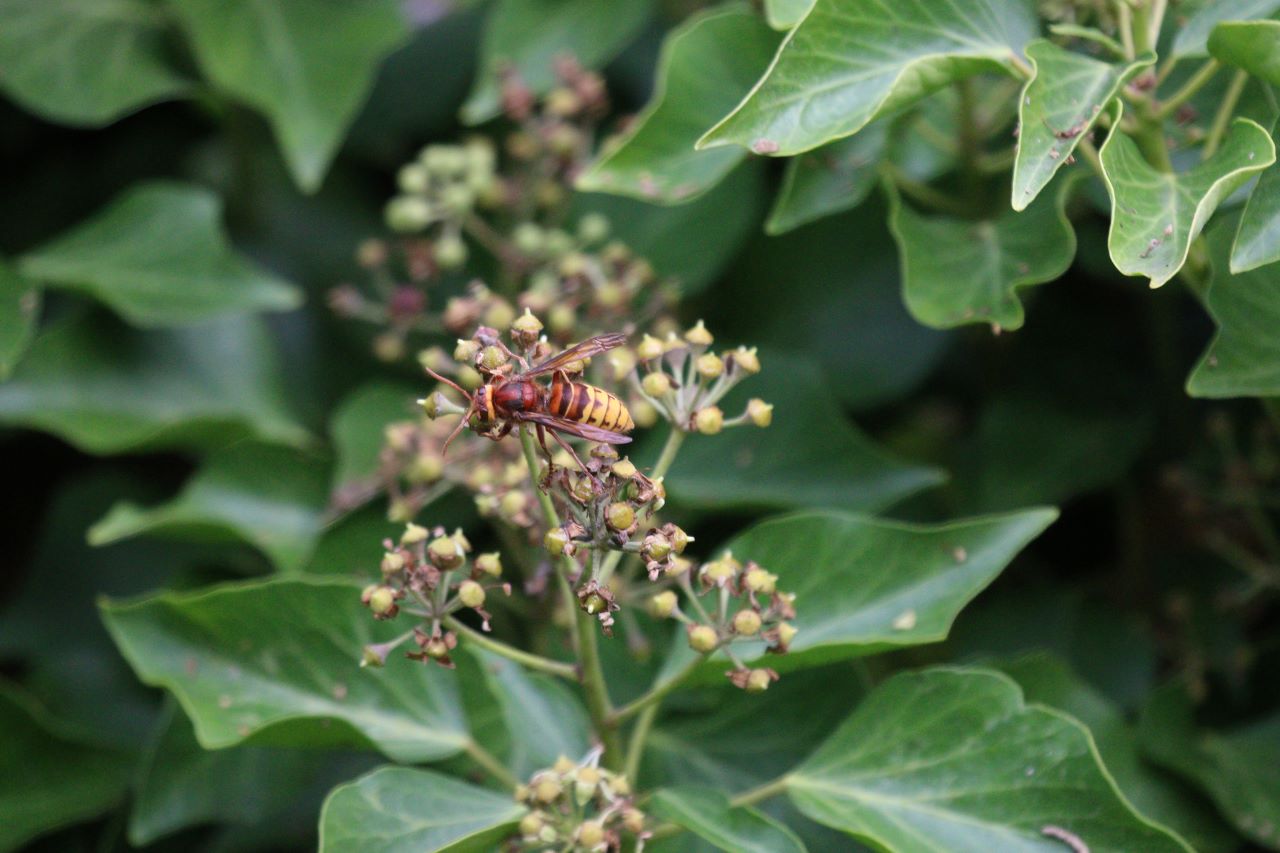
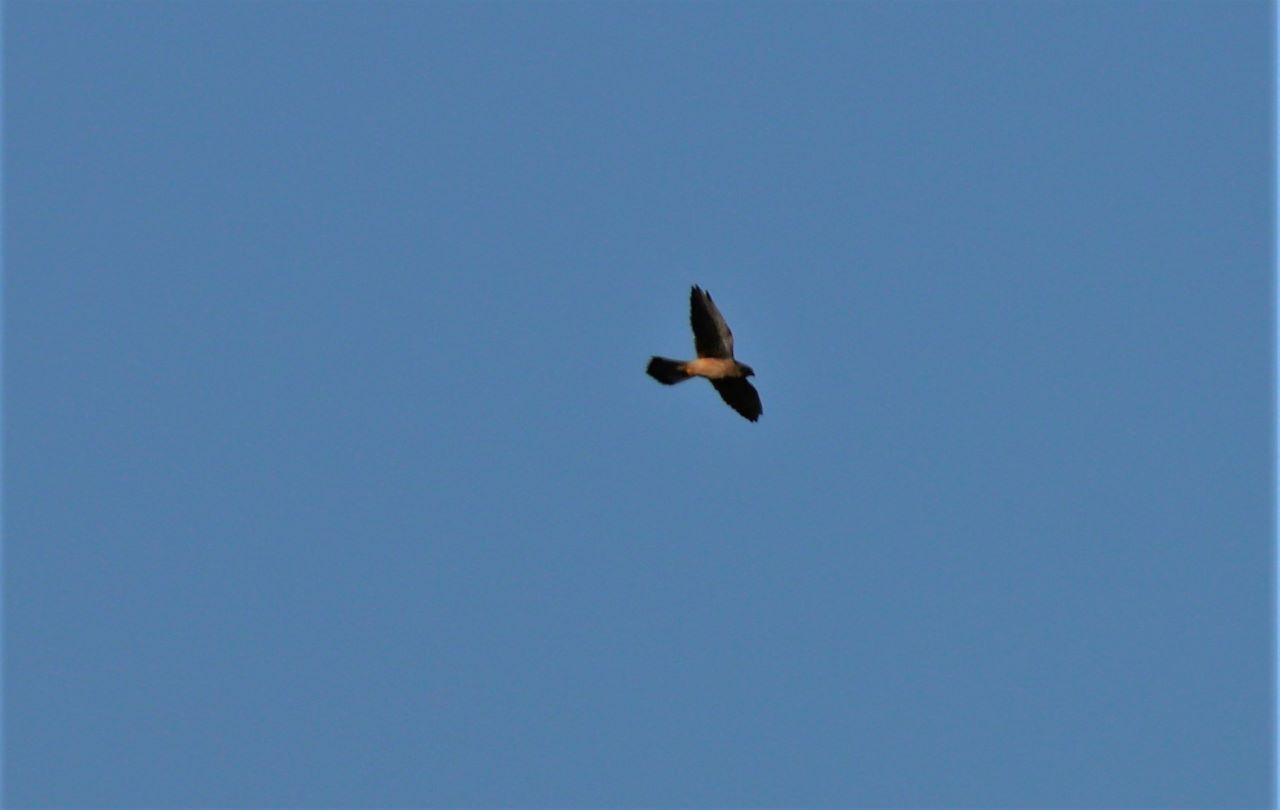



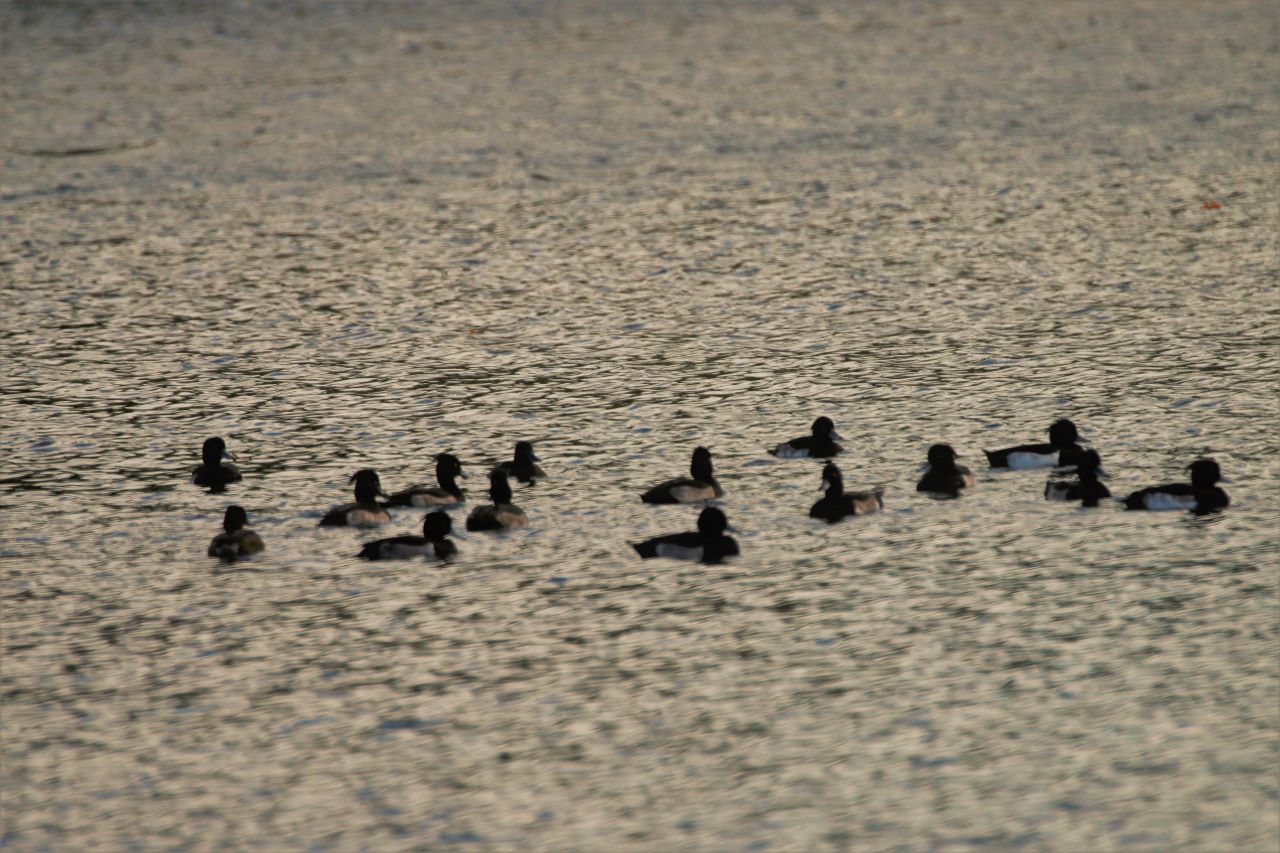
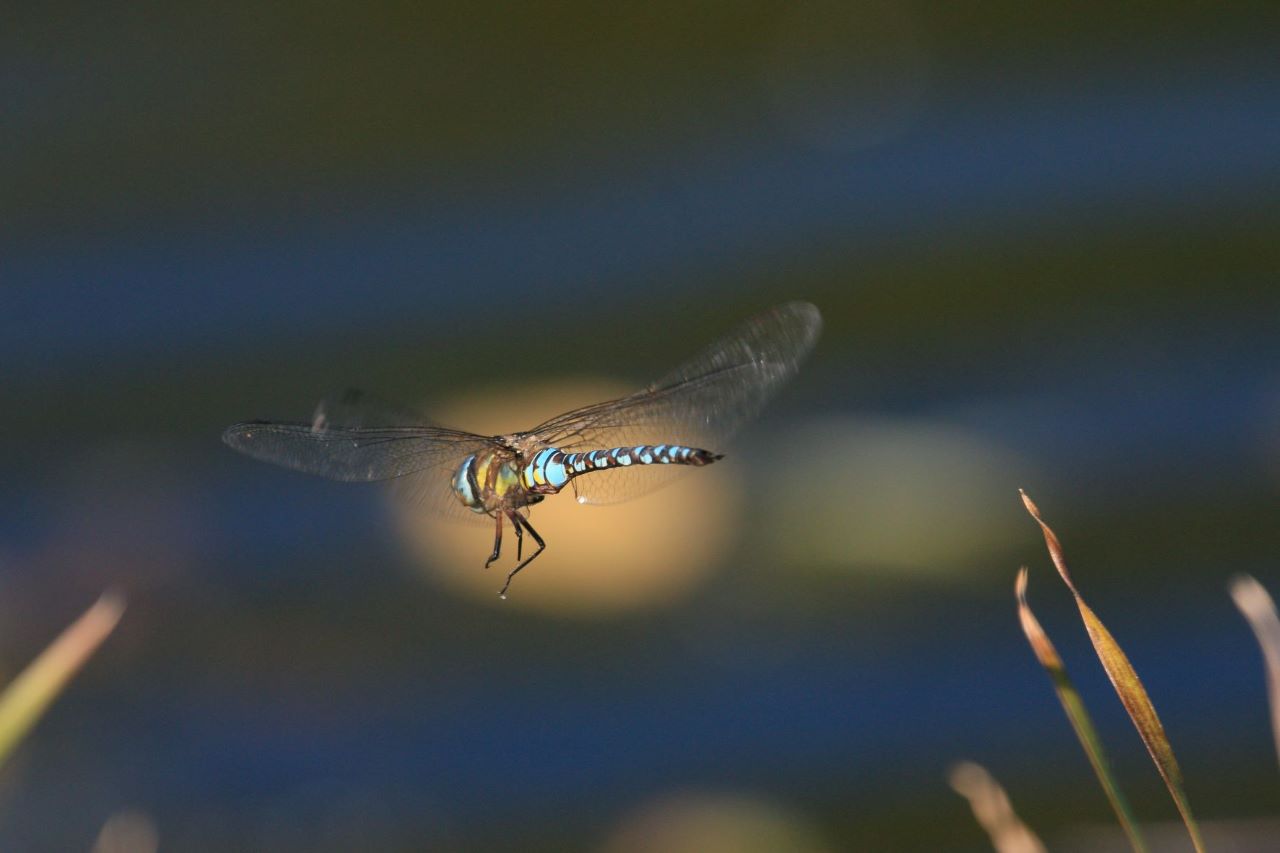
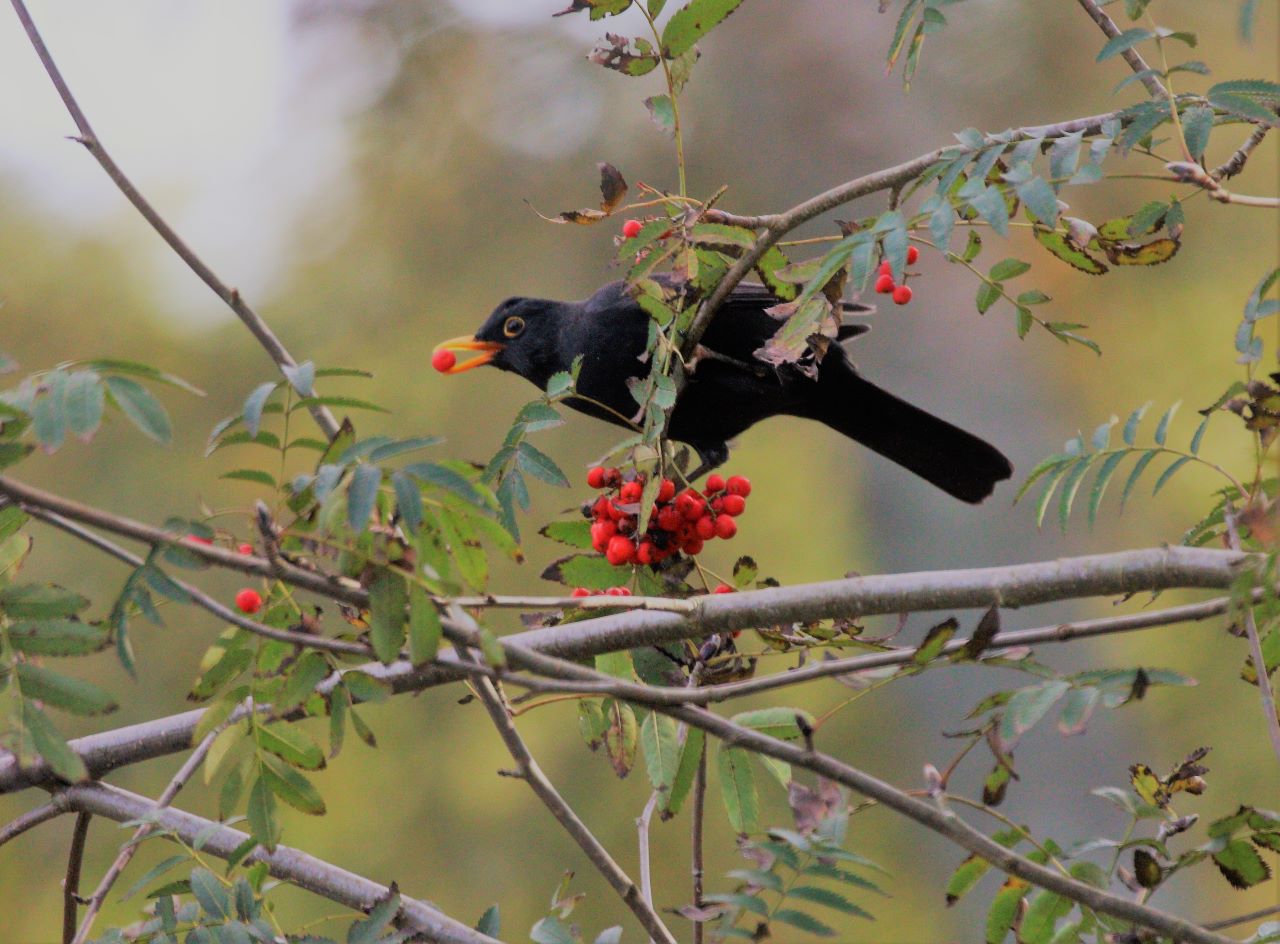
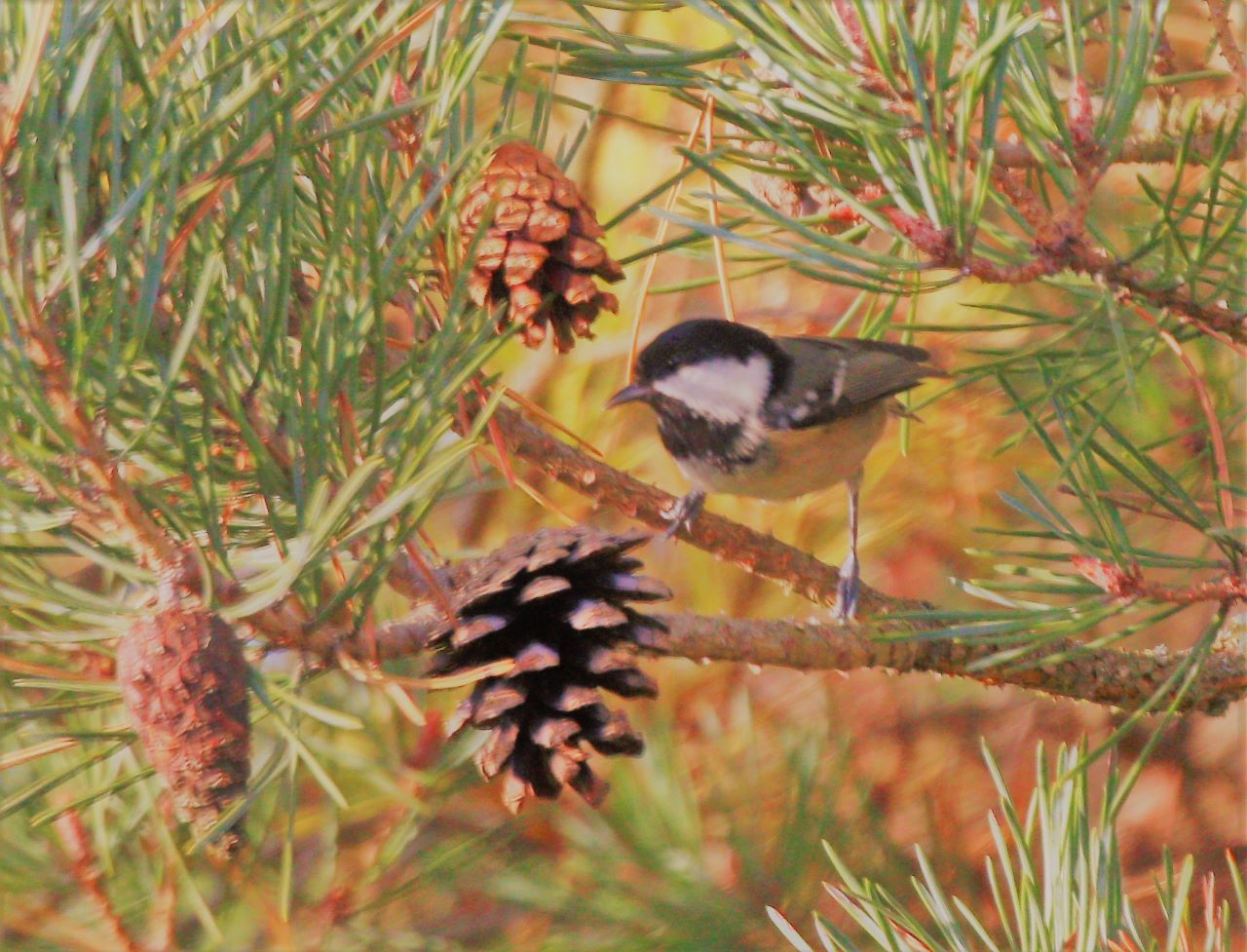
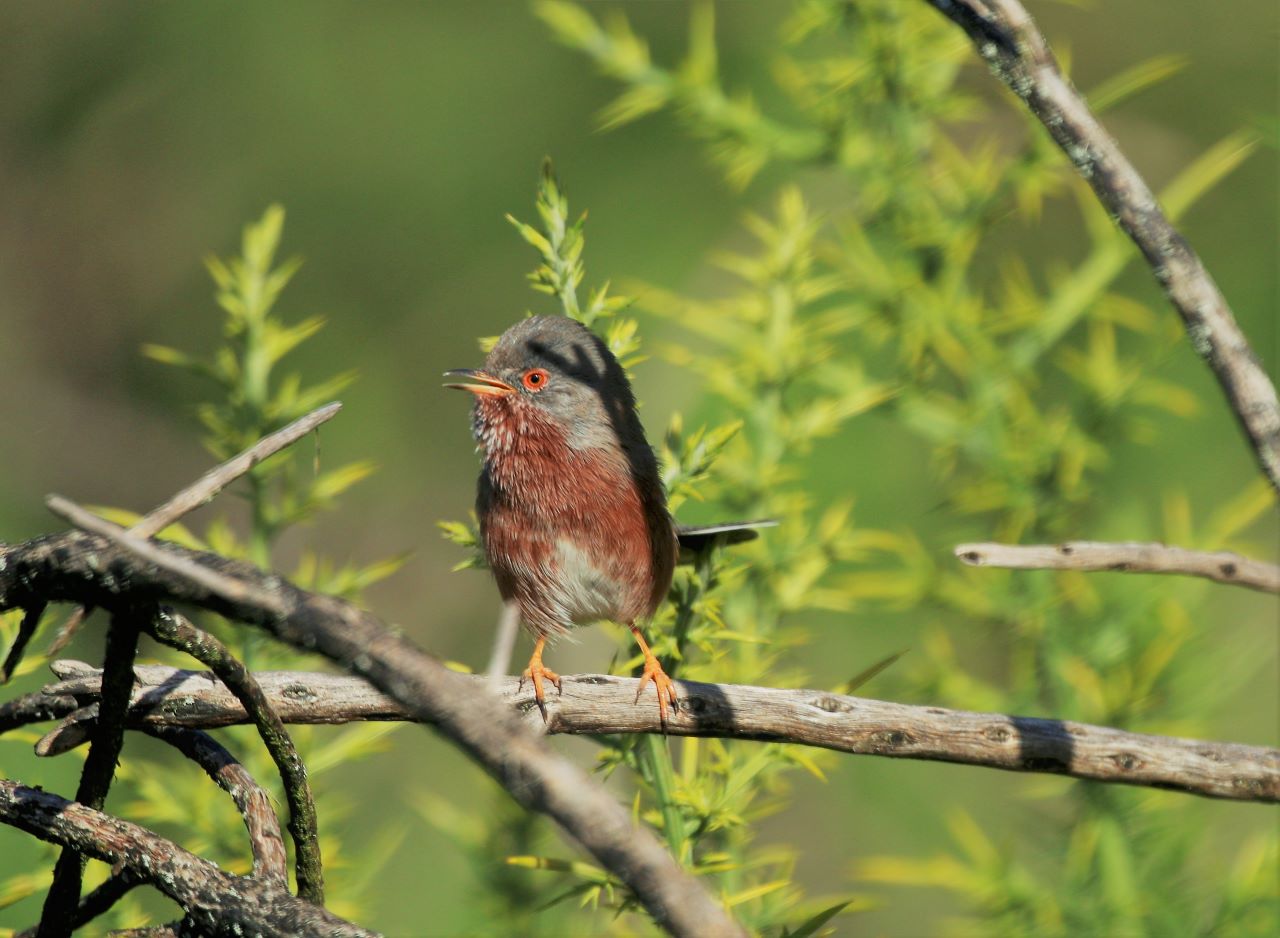
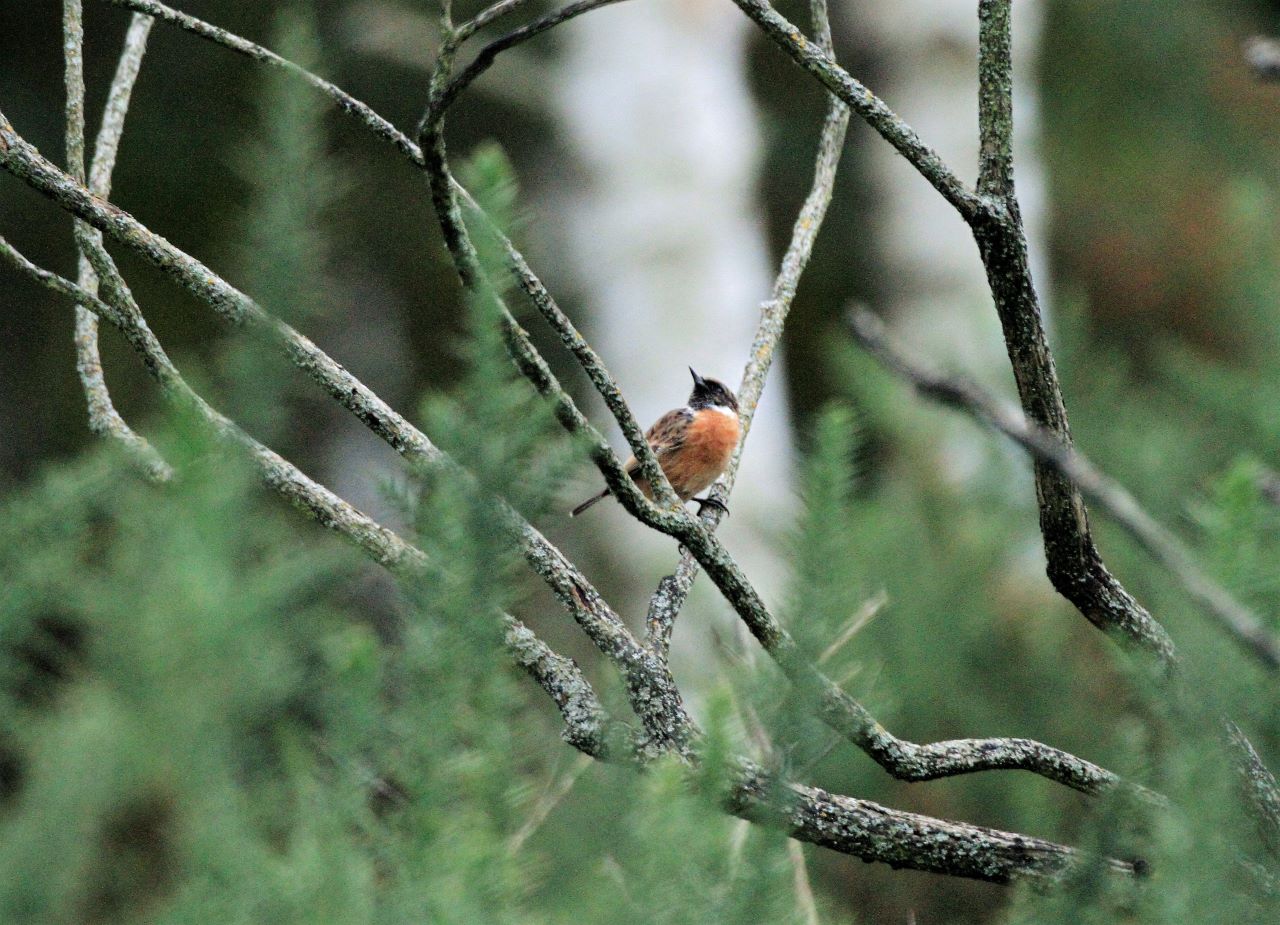

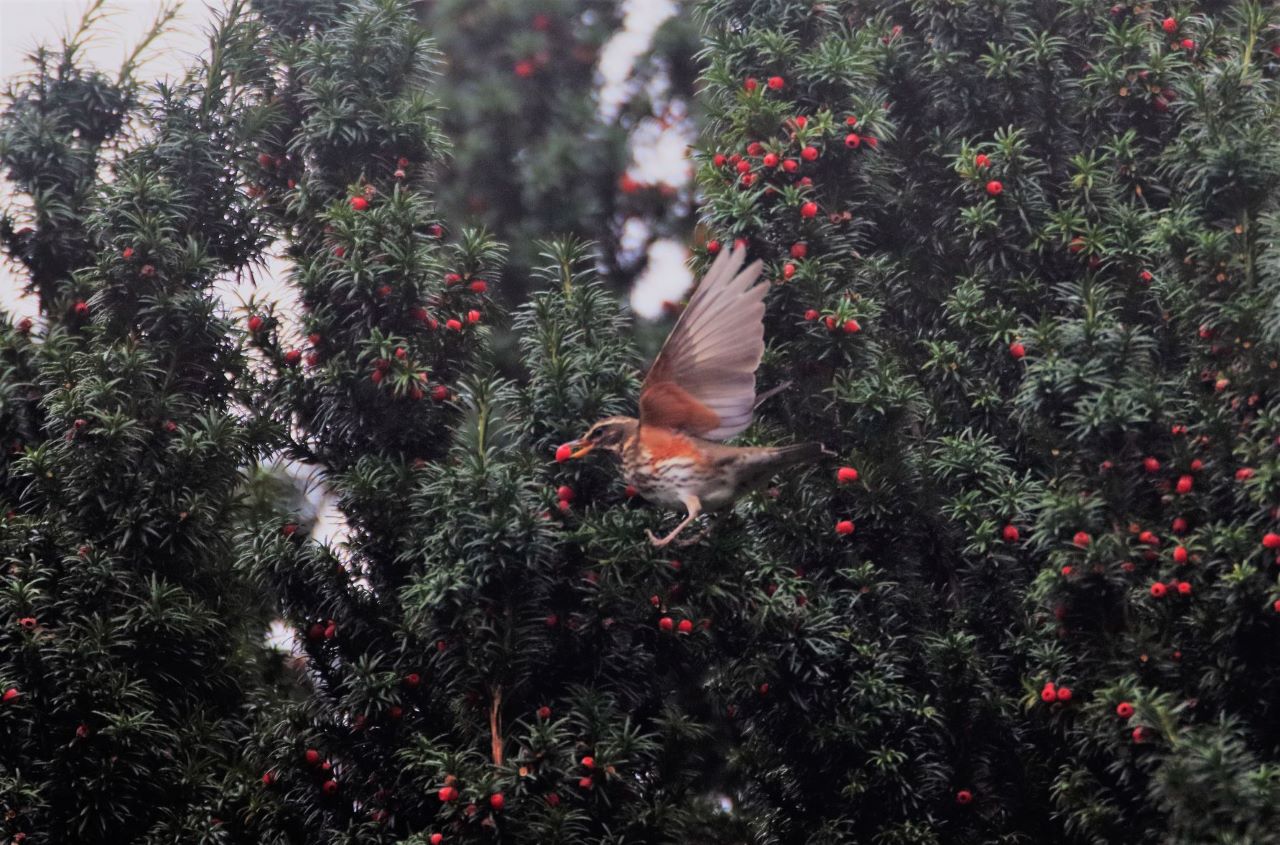

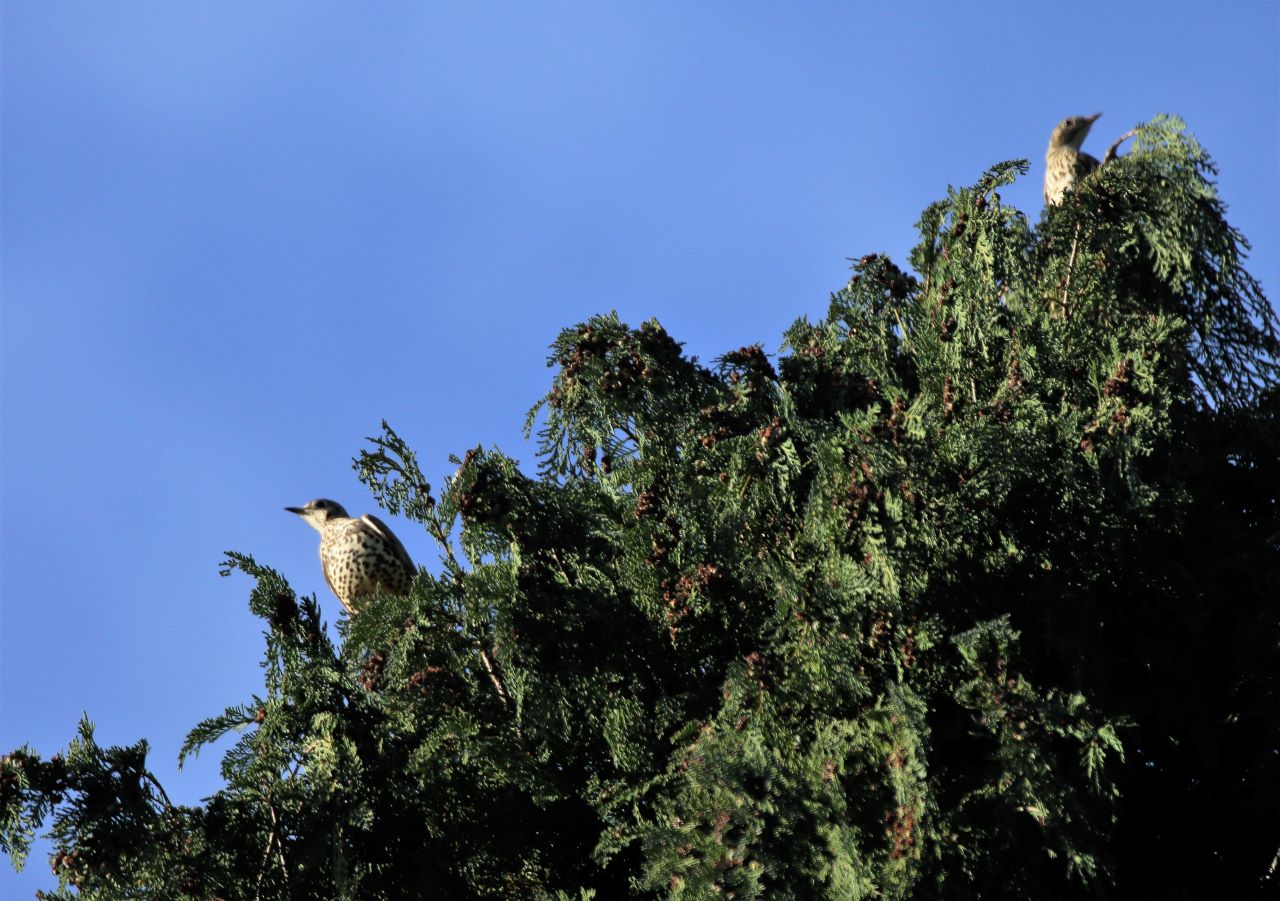

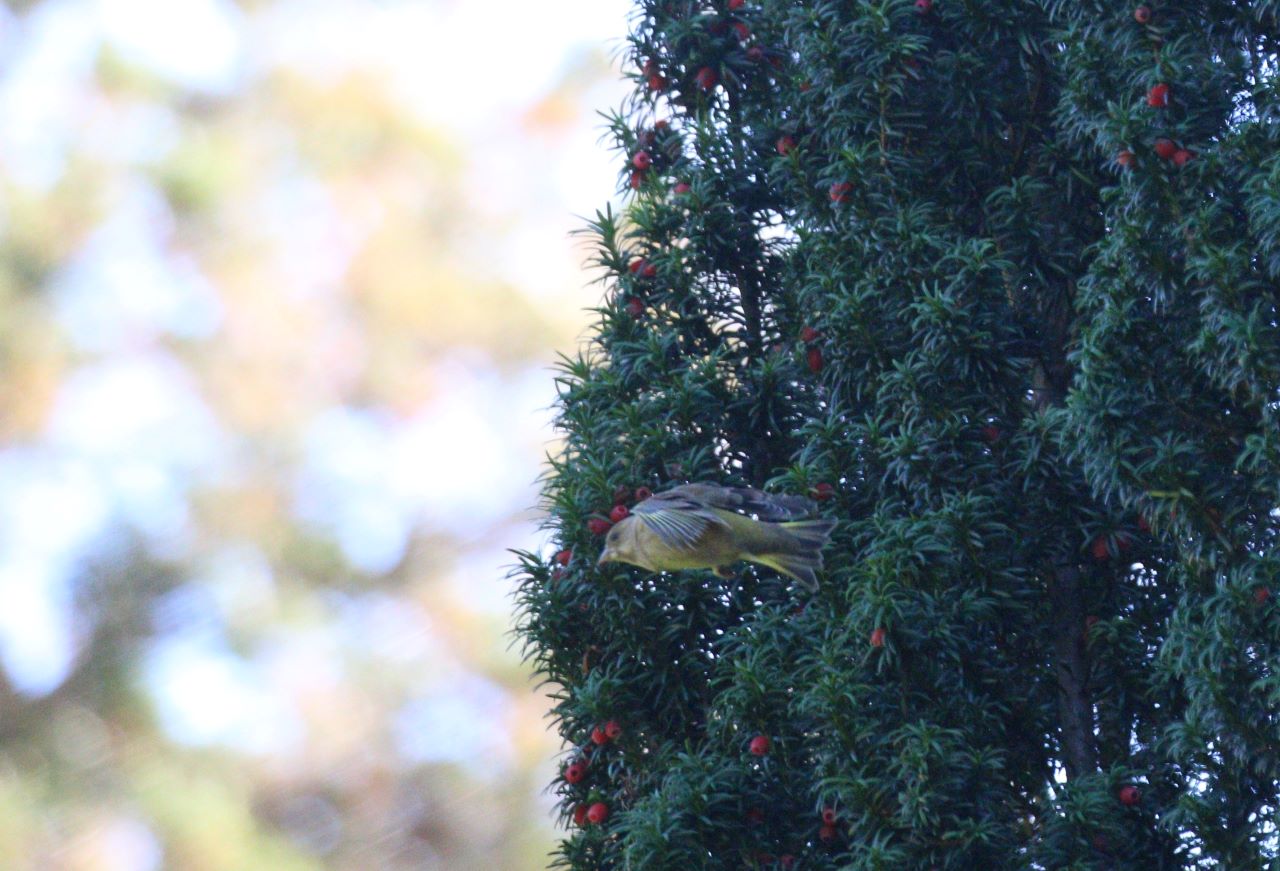

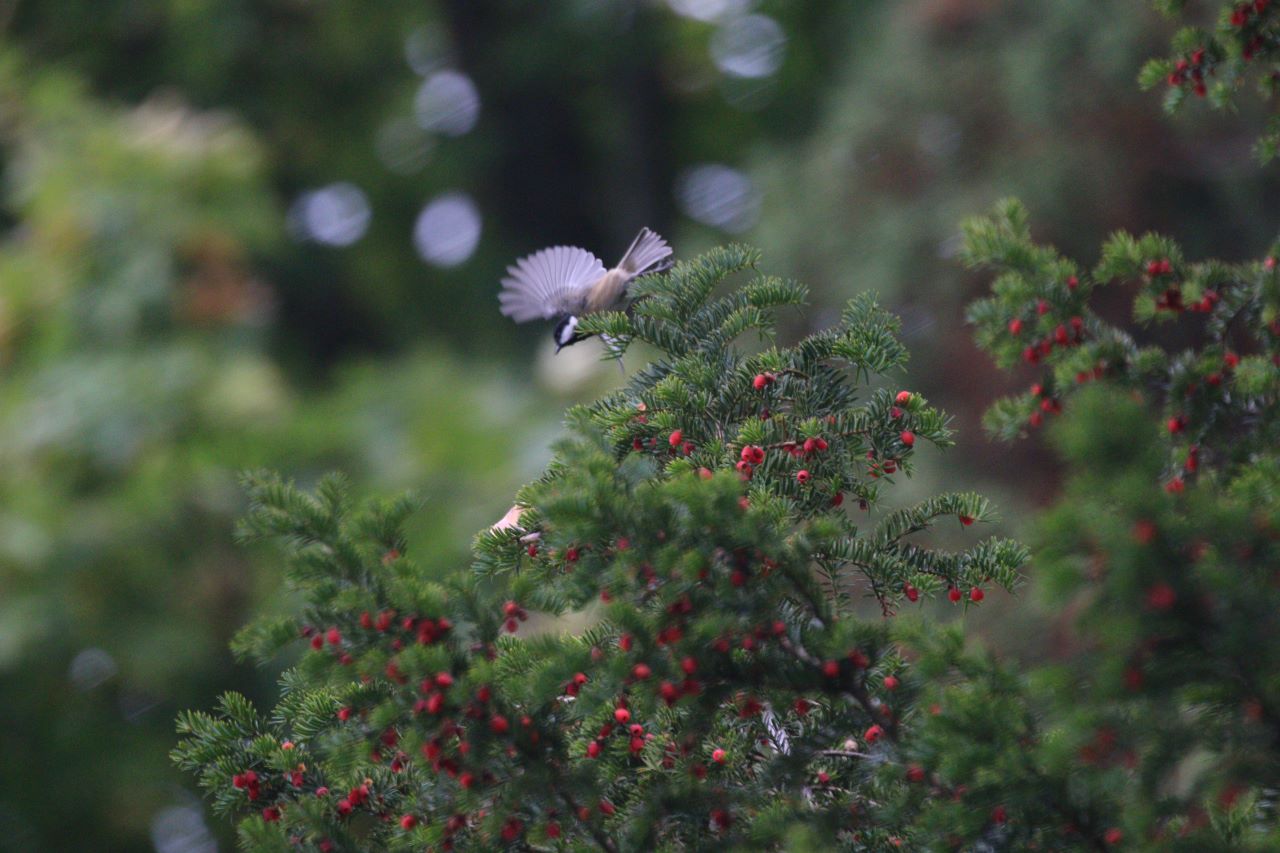
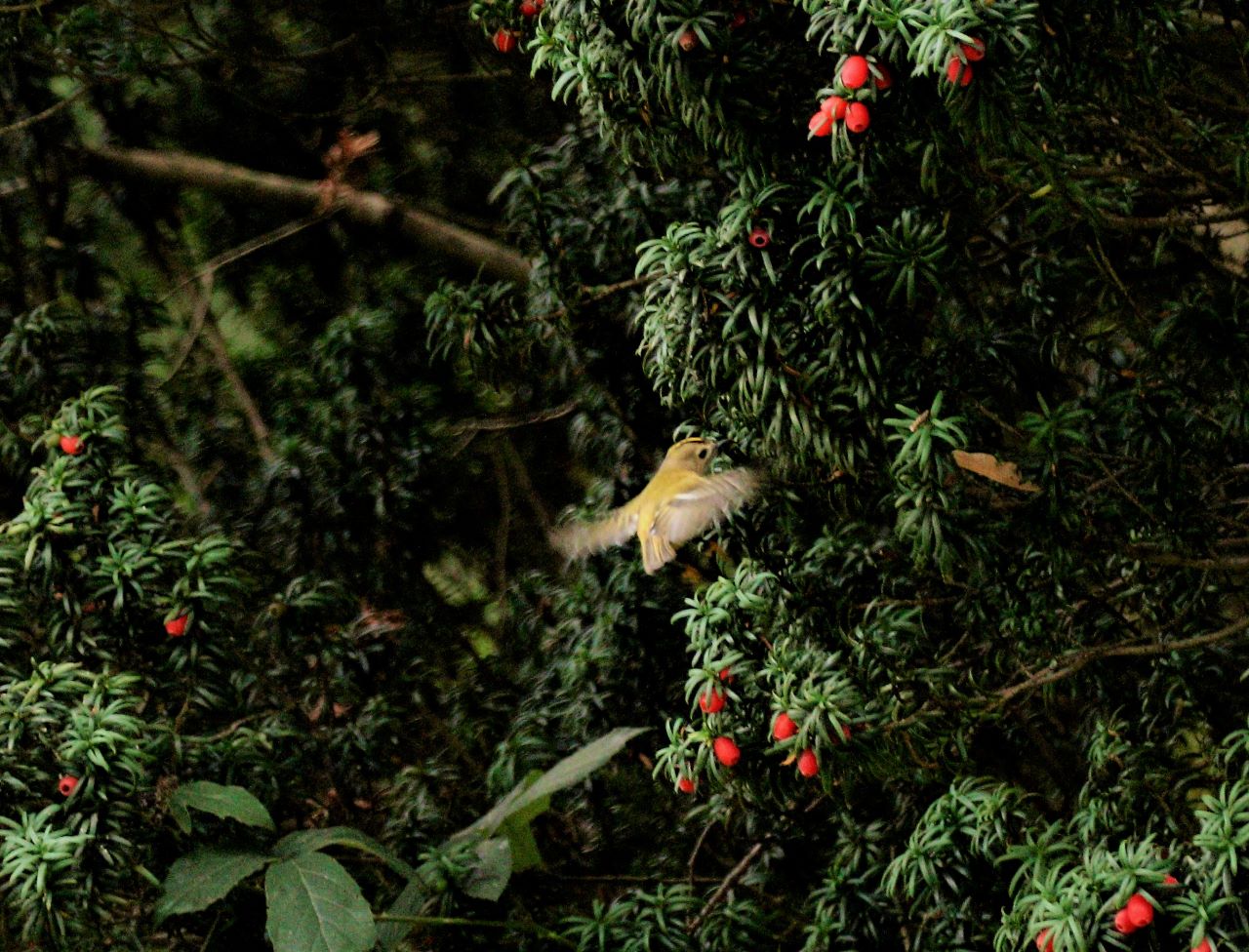
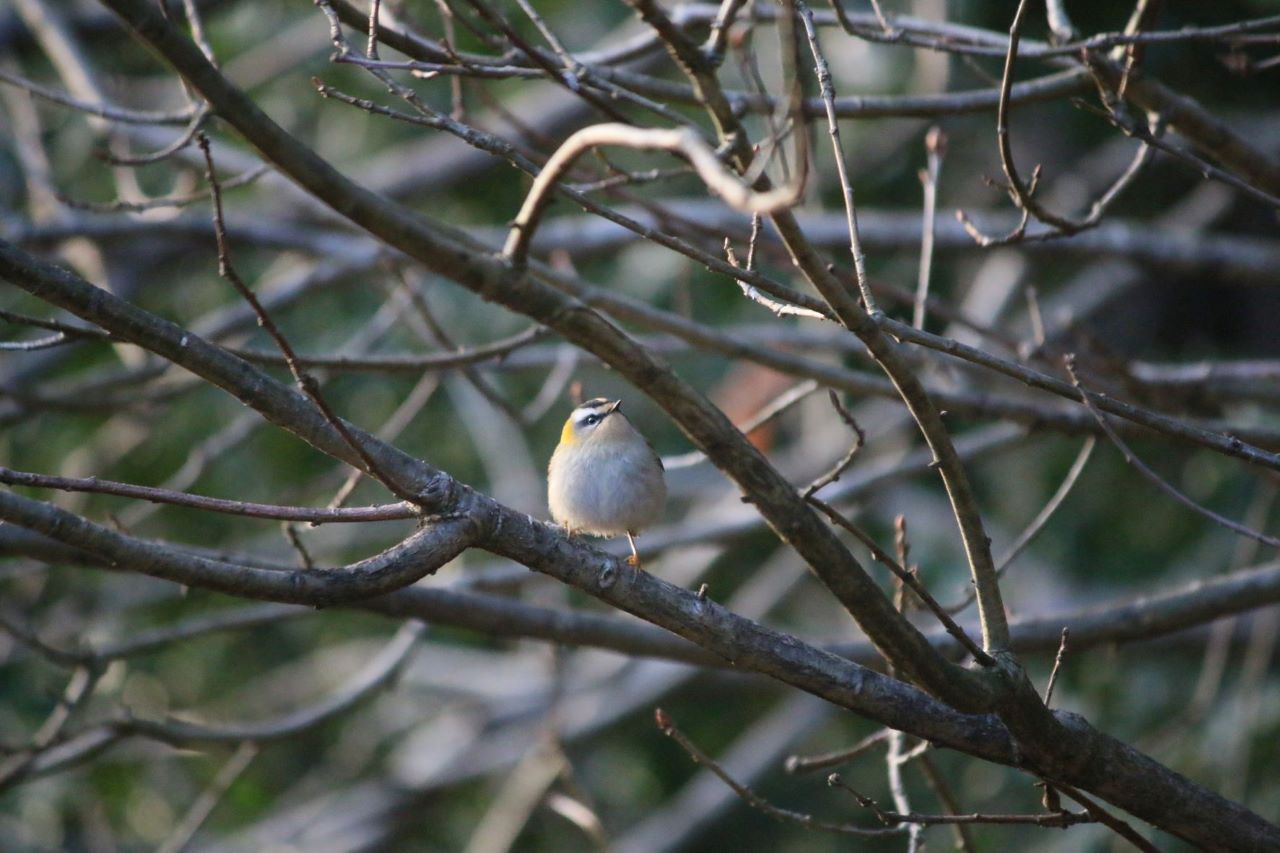






Recent Comments